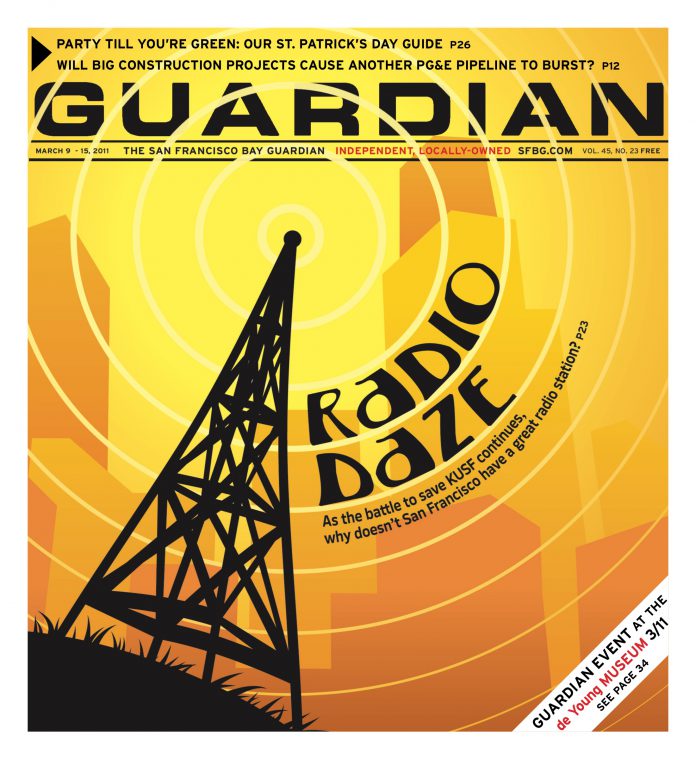DANCE When the 25th Annual Isadora Duncan Dance Awards take place March 14, the local dance scene will have much to celebrate. In advance of the event, I recently asked several local members of the community what makes Bay Area dance special.
Wayne Hazzard, executive director of Dancers’ Group, pinpoints the relationship between contemporary and traditional artists. “I’ve seen it [the dance community] really grow and continue to do what it’s been doing and attract new companies and artists to the area.”
According to Hazzard, the dance scene’s steady development is linked to the Bay Area’s “livability” and “the maverick nature of the West Coast, this region where you can find yourself. Even if you are coming from a tradition, you can deepen that and go in your own direction, which seems to be a truism of artists here whether [we’re discussing] the San Francisco Ballet or Brenda Way or Chitresh Das. They’re all traditionalists, yet they’re imbuing their formal structural ideas around theater and dance with current issues. Joe Goode as well.”
Jessica Robinson Love, artistic and executive director of CounterPulse, focuses on a different aspect of community. “We can’t talk about dance in the Bay Area without discussing the Ethnic Dance Festival and the huge amount of culturally-specific dance that’s practiced here,” she says. Love also believes the Bay Area’s proximity to Silicon Valley makes for greater interest in and use of technology: “Being on the Left Coast gives us a freedom to experiment. There’s less of a fear of risk-taking and failure, so there’s a lot more diversity in terms of the choices choreographers make about their work.”
“I also see a real emphasis on queer and gender-bending performance,” she adds. “There’s an emerging, blossoming conversation between the drag performance community and the dance community in San Francisco right now.”
Joe Landini, artistic director of The Garage, agrees that queer dance-makers are among the strongest voices to surface. Specializing in emerging choreographers, he produces an exceptional amount of new work. “What I’m finding is that a lot of choreographers coming out of the university system are choosing to relocate to San Francisco because the resources are less competitive than New York. San Francisco probably has more opportunities for emerging choreographers than any other place in the United States, so we have a huge pool of trained choreographers.”
Site-specific work also makes its mark on the scene. Hazzard points in particular to Anna Halprin’s long history of investigations, noting that, at 90, she’s still creating new work, including an upcoming trilogy honoring her late husband titled Remembering Lawrence. “Joanna Haigood particularly deals with space and ideas,” he adds, “so when you look at aerial artists that work here, whether its Haigood or Jo Kreiter or Project Bandaloop, no one anywhere else is doing what they’re doing. It’s uniquely about our region and space and relationship to dance and performance.”
THE 25TH ANNUAL ISADORA DUNCAN DANCE AWARDS
Mon/14, 7 p.m., free
Yerba Buena Center for the Arts Forum
701 Mission, SF
(415) 978-2787

